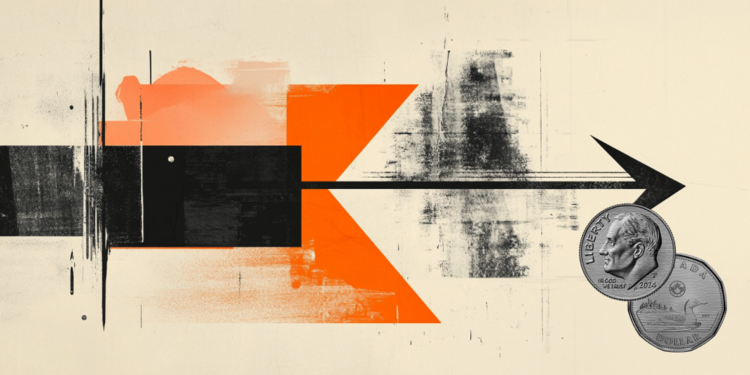The International Space Station (ISS) fired its thrusters to maneuver out of the way of an approaching piece of Russian space junk, NASA said on Monday.
The space agency said in a press release that the ISS performed a five-minute, five-second burn to avoid a fragment of the Russian satellite Cosmos 1408, which the country destroyed in a weapons test in November last year.
NASA officials have already warned of the risks of debris proliferation in space, caused by a dramatic increase in the number of satellites in orbit and several cases of governments intentionally destroying satellites and creating new clouds of junk.
The space station performed a “predetermined debris avoidance manoeuvre,” or PDAM, to give the ISS “an extra measure of distance from the predicted trail of a debris fragment from Russian Cosmos 1408,” the space agency said.
“The thruster firing took place at 20:25 (local time) and the maneuver had no impact on the station’s operations. Without the maneuver, it was predicted that the fragment could have passed within about 5 kilometers of the station.”
The burning raised the space station’s altitude by 320 meters, according to the space agency.
On November 15, 2021, Cosmos 1408, a satellite no longer operational, was destroyed, generating a cloud of debris, including about 1,500 pieces of trackable space debris.
The US Space Command said Russia had tested a direct-ascension anti-satellite missile, or DA-ASAT, and had strongly compromised the anti-satellite test, calling it “a reckless and dangerous act” and saying it “will not tolerate” behavior that puts international interests at risk.
The ISS was forced to perform a similar maneuver in June to avoid debris created by the anti-satellite test. In January, a piece of debris created by that test came close to a Chinese satellite, in an encounter that the Chinese government called “extremely dangerous”.
The ISS normally has to change its orbit to avoid space junk once a year, maneuvering away from the object if the chance of a collision exceeds one in 10,000, according to NASA.
Invisible in the night sky, there are hundreds of millions of debris objects orbiting our planet. This debris is made up of parts of old satellites, as well as entire defunct satellites and rocket bodies.
According to a 2021 NASA report, at least 26,000 of the pieces of space junk orbiting Earth are the size of a baseball or larger — big enough to destroy a satellite; more than 500,000 pieces of debris are the size of a piece of marble – capable of damaging spacecraft; while “more than 100 million pieces are the size of a grain of salt that could puncture a spacesuit”.
As these fragments collide, they can create even more pieces of smaller orbital debris.
Russia said earlier this year that it plans to depart the International Space Station and end its decades-long partnership with NASA at the orbiting outpost, which is due to be retired by 2031.
Source: CNN Brasil
I’m James Harper, a highly experienced and accomplished news writer for World Stock Market. I have been writing in the Politics section of the website for over five years, providing readers with up-to-date and insightful information about current events in politics. My work is widely read and respected by many industry professionals as well as laymen.







